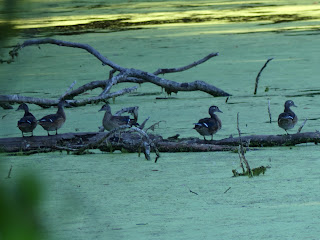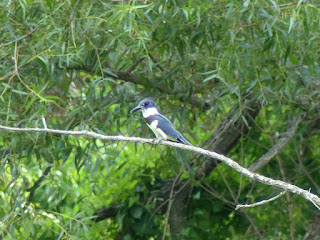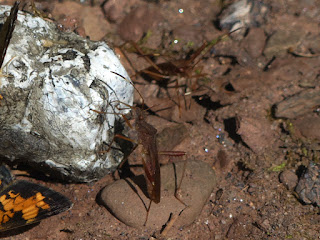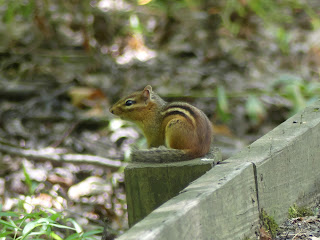Wood Ducks

In late August I encountered a flock of Wood Ducks . (Shadows prevented me getting great pictures.) There were at least 11 of them in one spot. Some of them looked like they were just starting to develop the distinctive plumage of the male Wood Duck; I'm suspicious that most of these were raised together as ducklings. (See here for the complicated makeup of duck broods.) Wood Ducks aren't the smallest ducks around here, but they're one of the most common of the smaller ducks. Though they're here all year round, they can get lost in the mix when large flocks of ducks/geese gather together during the winter. At a high level, your doctor would probably approve of their diet. It's varied, with greens, berries, nuts, and seeds comprising most of it. It's estimated that about 20% of their diet is meat, mostly insects and invertebrates. August 31, 2022 at Duke Farms Photo 229849779, (c) jpviolette, some rights reserved (CC BY-NC) The ducks in these pictures were close




